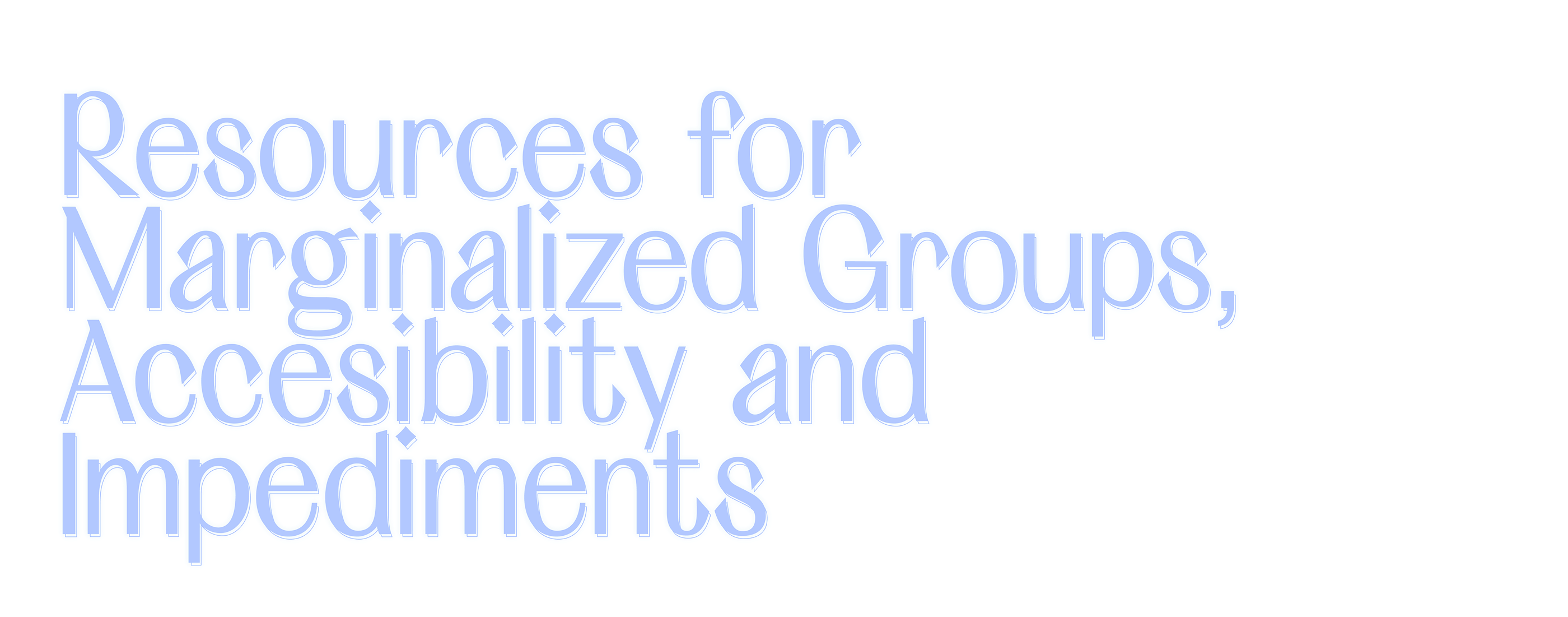

Elísabet Brynjarsdóttir
@fruragnheidur
@elisabetbrynjarsd
@elisabet.brynjarsdottir
images:
Joav Devi
@joav.devi
uppskera-listamarkadur.is/collections/joav-devi
translation:
A young woman is standing in the street with her bag. She just left an acquaintance, who allowed her to stay on the couch this past week. It was no longer possible for her to stay there. She has severe withdrawal symptoms. She has become addicted to opioids, a strong pain medication, after she got injured in a serious car crash three years ago and she is now forced to buy them on the black market. There the pain medication is extremely expensive, a dose that will last her a few days can sometimes cost hundreds of thousands ISK. It is difficult to finance the substance abuse when the situation is desperate. She doesn’t want to commit an offence against people and, therefore, she has created a system in her mind to justify her acts. Today, she needs to get money to buy the medications she needs to prevent withdrawal, find some food and seek shelter for the night. There is a long day ahead of her.
The above-mentioned story is fictional but based on the reality of many people in Iceland.
Marginalized groups face a completely different reality than many of us experience. From 2012 to 2017 the number of homeless people increased by 95% in Reykjavik and the largest increase was among young people 1.
Treatment facilities and other services have estimated that at any given time there are about 700 individuals in active intravenous drug use. In 2019, 515 individuals sought out Mrs. Ragnheiður (a specially equipped medical reception vehicle for the homeless and people with drug addictions) and the number of visits has quadrupled in four years2. Both factors, to be homeless and intravenous drug use, marginalize people in our society.
Marginalization is a process in which certain societal groups are pushed to the margins. This process leads to these groups not having as easy access to information, education, social services and respect in their community. There hasn’t been much research on this issue over the years, but the studies that have been made on this subject, have focused on the impediments that marginalized groups face in the system and the reasons why they seek help late. These obstacles can be invisible for other groups in society, as they don’t experience them. Homeless people face complex barriers such as transportation, opening hours, waiting time and not being able to afford the services. They face difficulties getting to services available to them, regular day time opening hours are often not suitable for them because their day usually starts later. If they seek health care, the waiting time for the service can be difficult for them, they may, for example, risk experiencing withdrawal, not to mention that they are often met with prejudice and lack of understanding for their situation and experience not being listened to.
There is, however, another variable in the equation that is important for us and professionals to understand. The priorities of many marginalized individuals are different than ours and seeking health care or mental health care is often a very low priority. Looking at the fictional case of the young woman at the outset of this article, her priorities are to obtain money, prevent a withdrawal and providing food and shelter. She has limited time or flexibility to access mental health care. We need to build a strong network for marginalized groups, so they can get the support they need, help them with their traumas and even offer some form of treatment for them. The key element is securing a home and security for them, in addition to appropriate medical services based on their needs, without them being denied help. Only then, when these issues are resolved and individuals are secure, have I witnessed individuals being ready to take the big step of seeking mental health care. If these issues are not resolved, the fact remains that the only mental health service available to them are emergency services, if they receive help when they seek it altogether.

While people still become homeless and receive limited support and maintenance treatment from health care which would prevent them from obtaining drugs illegally, it is our role as a welfare state to think solution oriented. Maintenance treatment is evidence-based medical treatment for those who are addicted to opioids. Maintenance treatments reduce mortality rates and are harm deducting treatments3. It is important to ensure the availability of these treatments and to have low thresholds, as the main purpose of harm reduction is keeping people alive. Today this kind of treatment is available in Vogur (National Center of Addiction Medicine in Iceland), which is a private hospital, and in some cases at the substance abuse administration at Landspitali (the National University Hospital of Iceland). It is clear, in my experience, that there is a need to coordinate and clarify services around maintenance treatments.

Outreach service in its nature seeks to break down barriers that marginalized people face and, therefore, they service their clients in their own neighboring area which consequently creates a safe environment for their clients.
Mrs. Ragnheiður is a movable needle exchange and health care service in form of a van that drives around the capital region at night. Specially trained Red Cross volunteers provide services there that have been developed in collaboration with the users, with the aim to meet the individual need of the user without paternalism and with humanity in mind. The users seek someone that listens, psychological support and to get some warmth, a safe space, nutrition, equipment and health advice. Mrs. Ragnheiður is not a treatment provider but an emergency agency. The service at Mrs. Ragnheiður has, however, been successful and has gained the trust of people that usually have a hard time trusting other services. This trust is important and it is essential to keep in mind that when service is developed for a marginalized group, the users’ needs should be listened to. Their needs will not be met unless there is a trust between the parties. The people working on the field, like the van of Mrs. Ragnheiður, are in an ideal position to better connect these marginalized individuals with the service providers needed within the public system and elsewhere.
Let’s say, that few years later, the young woman has been granted an apartment, is receiving a maintenance treatment and no longer has to illegally obtain medicine. She is taking her first steps towards gaining control of her life and becoming independent. She wants to work through her traumas by seeking out professional help.
Her position is still fragile. Her background may have caused stigmatization inside the system she needs and she is still met with prejudice.
She is in an important position and needs continued security: a secure space and a trauma-informed care. There are other professionals who have better knowledge of these cases, as my workork is with the group when they are on the streets. In relation to this, I must point out the activities of The Root – Association on Women, Trauma, and Substance Use. The Association was established in 2013 and works after evidence-based practices where history of trauma is treated together with other conditions. That is, however, a subject for another article by another author.
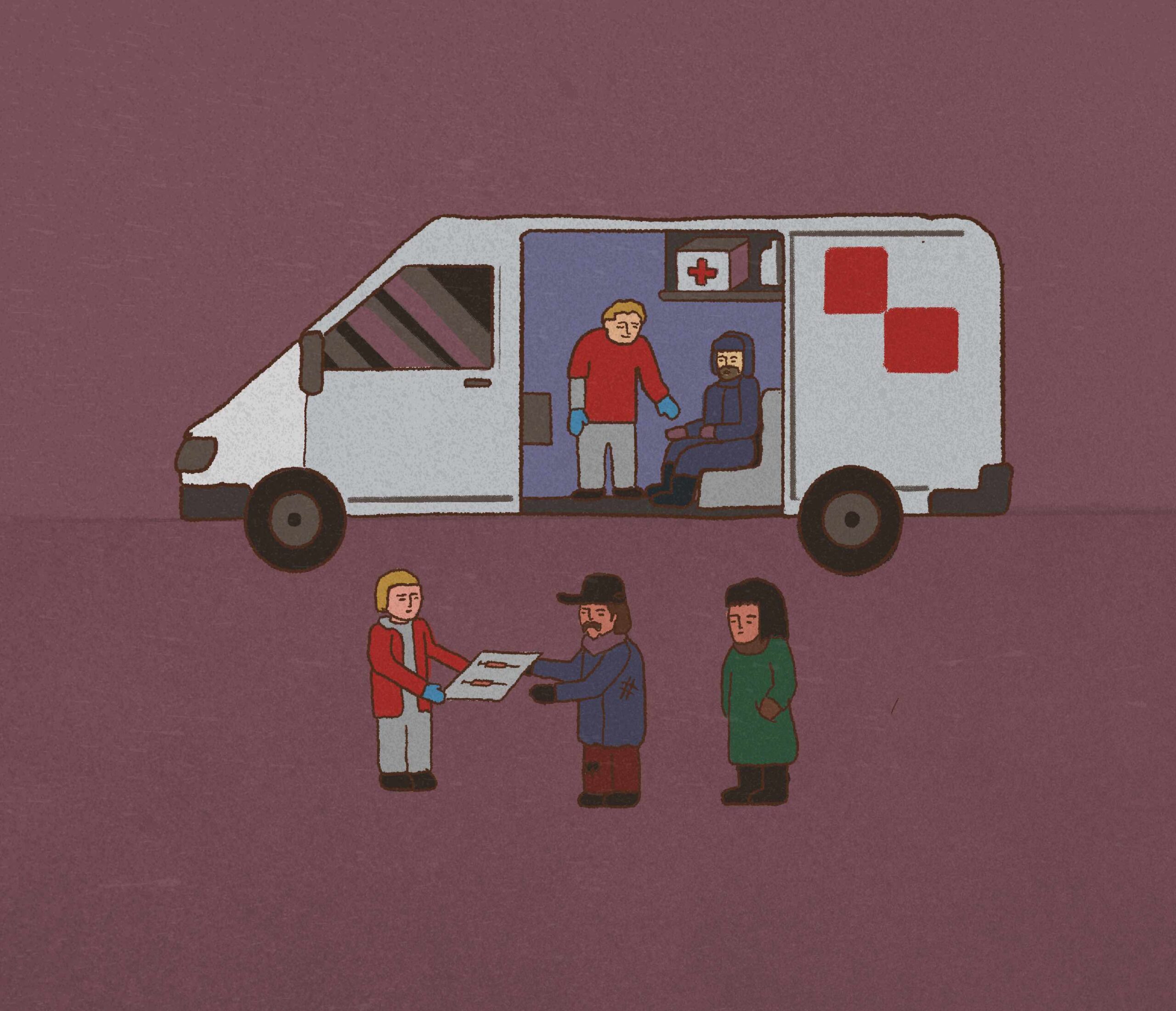
— — —
The author is project manager and nurse at Mrs. Ragnheiður, for the Red Cross in the capital region of Iceland.
— — —
References
1 Mapping of the number and circumstances of marginalized groups in Reykjavik. 2017.
https://reykjavik.is / sites / default / files / svid_skjol / VEL / fjoldi_utangardsfolks_2017.pdf
2 Red Cross Annual Report in Reykjavik. 2019. https://www.raudikrossinn.is / media / reykjavikurdeild / Arsskyrsla_2019_RK_opnur2.pdf
3 SÁÁ, accessed at: https://saa.is / medferd / vidhaldsmedferd
Do you support Vía?
Vía counts on your support. By subscribing to Vía you contribute to the future of a medium that specializes in, and puts emphasis on equality and diversity.
Vía, formerly known as Flóra, was founded 4 years ago for critical readers that want to dive underneath the superficial layer of social discussion and see it from an equality, inclusion, and diversity perspective.
From the beginning, Vía has covered urgent societal topics and published issues and articles that have shone a light on inequality, prejudice, and violence that exist in all layers of society.
We emphasize publishing stories from people with lived experiences of marginalization.
Every contribution, big and small, enables us to continually produce content aimed to educate and shine a light on hidden inequalities in society, and is essential for our continuing work.
Support Vía
What is mental health?
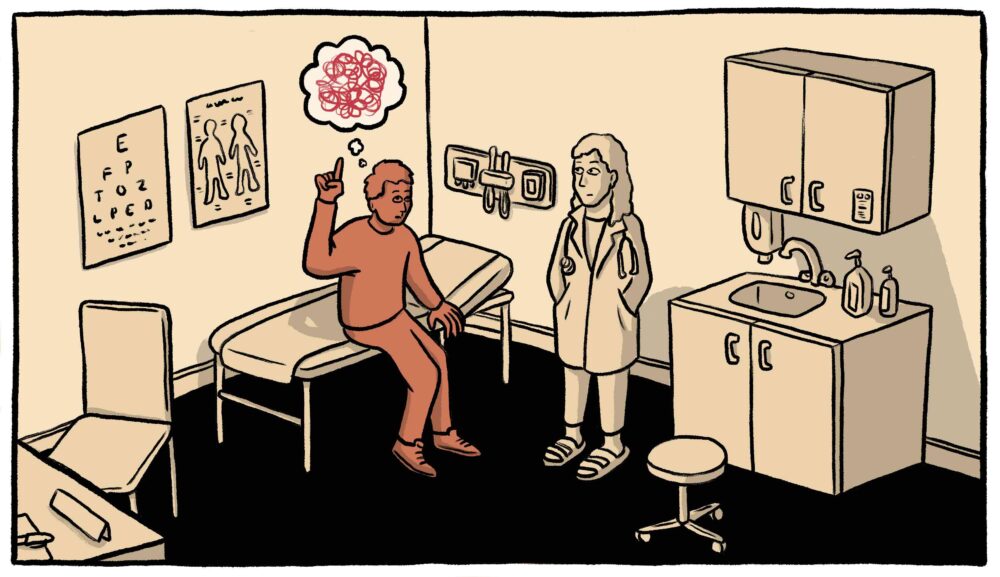
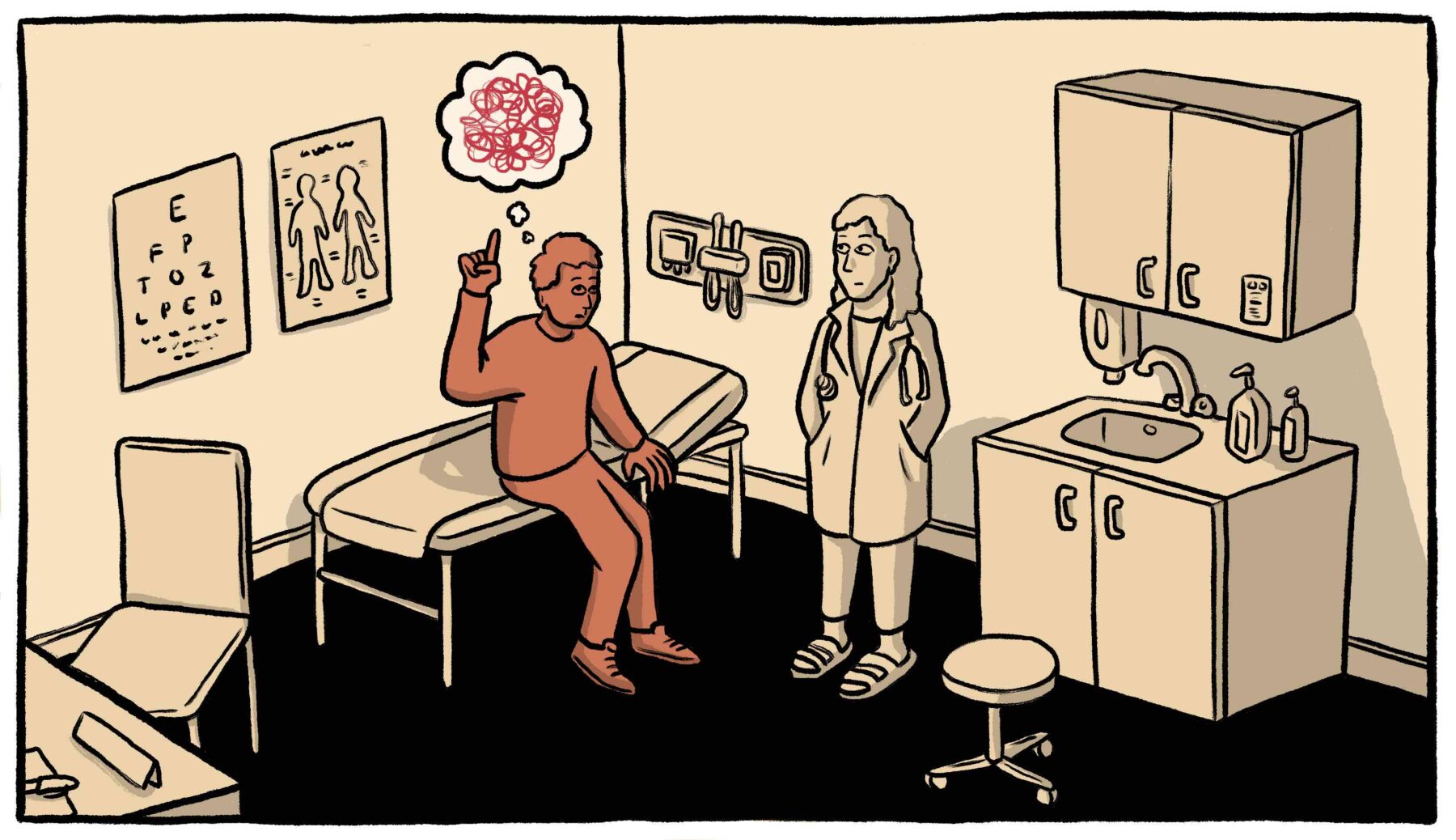
My Right to Exist
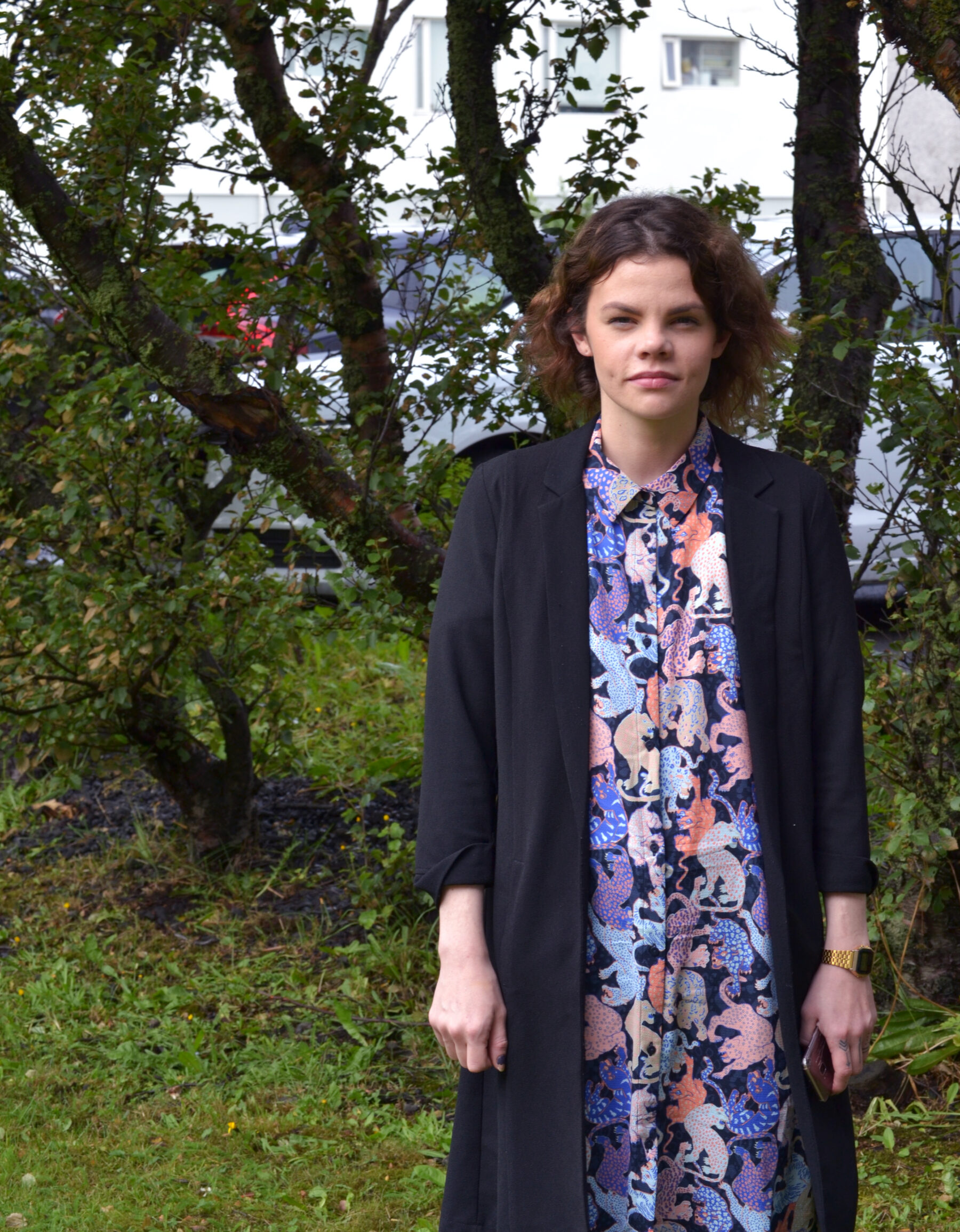

Lets face it: Homelessness is a Sexual Health Matter
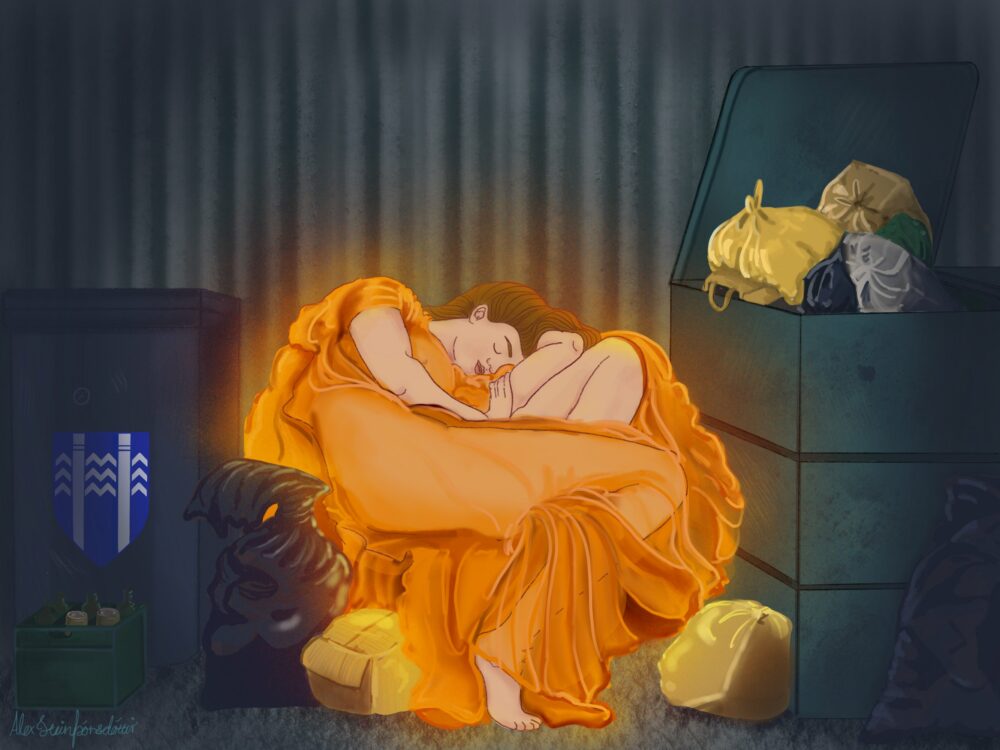
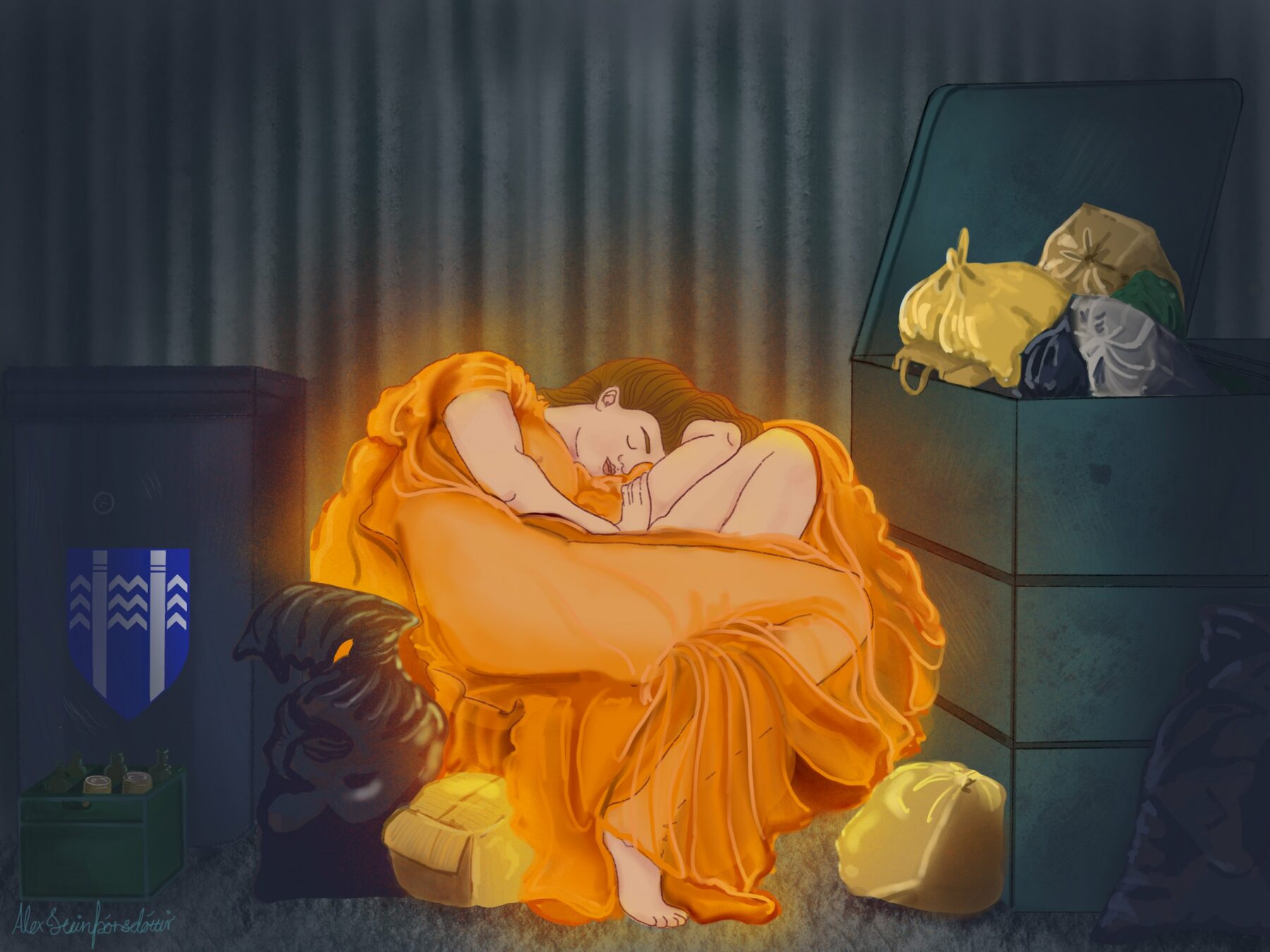
Trans: Becoming Myself
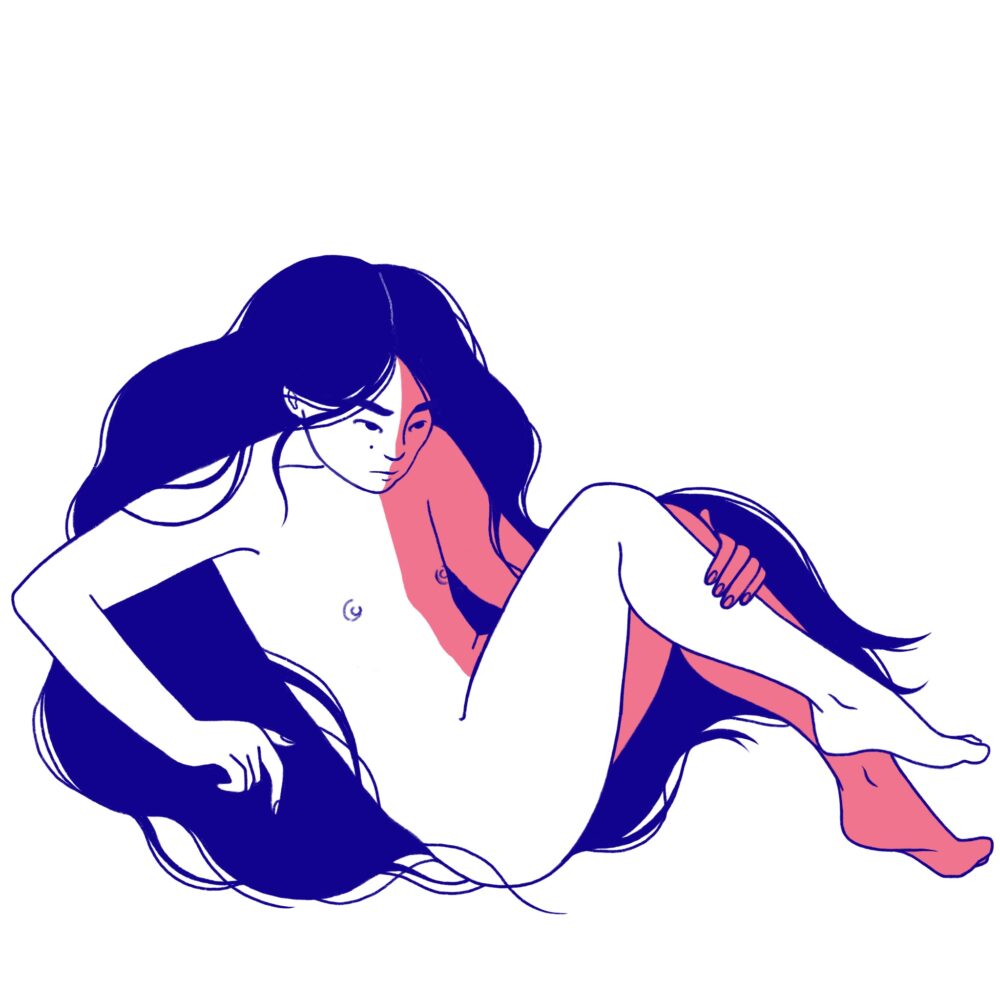
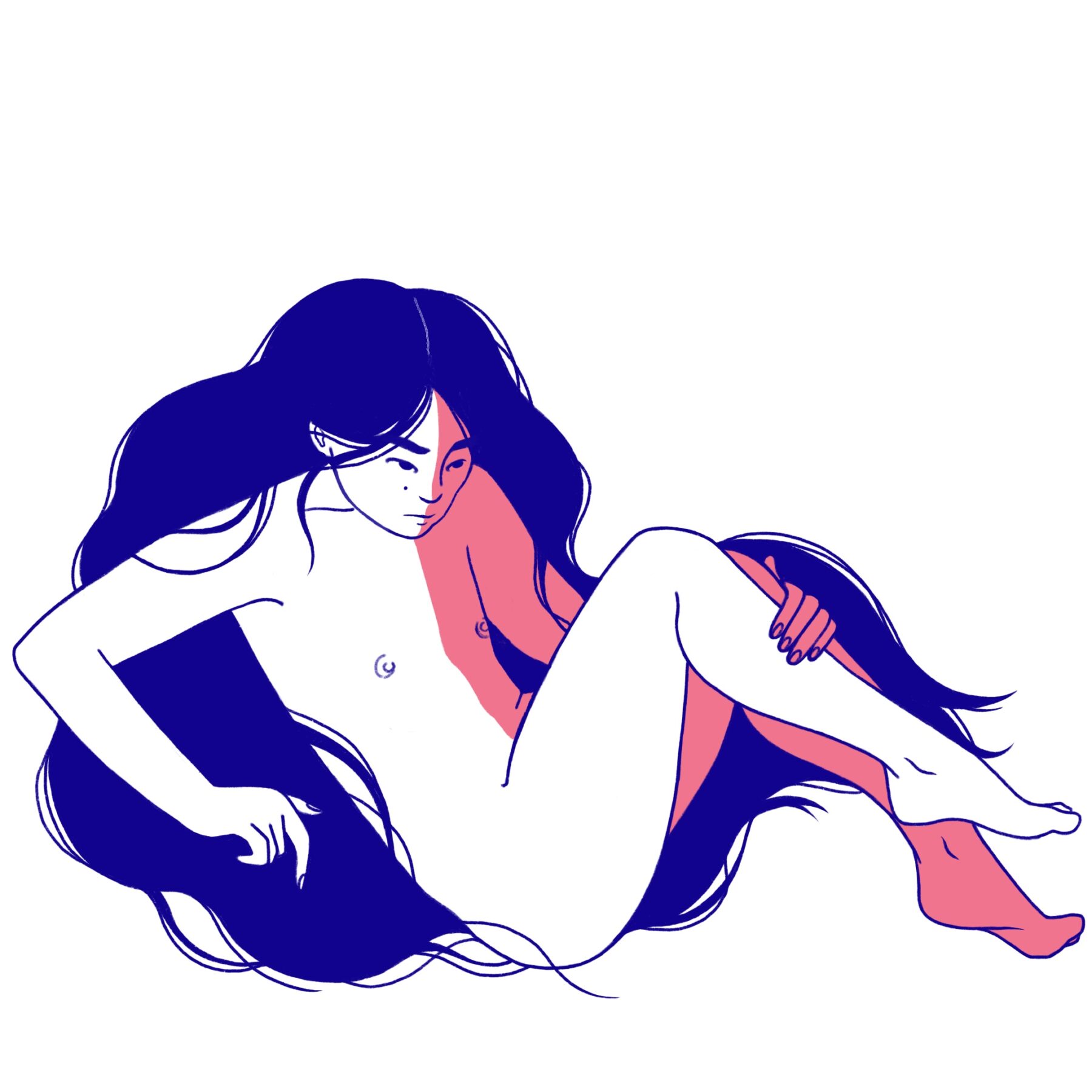
Read more about...